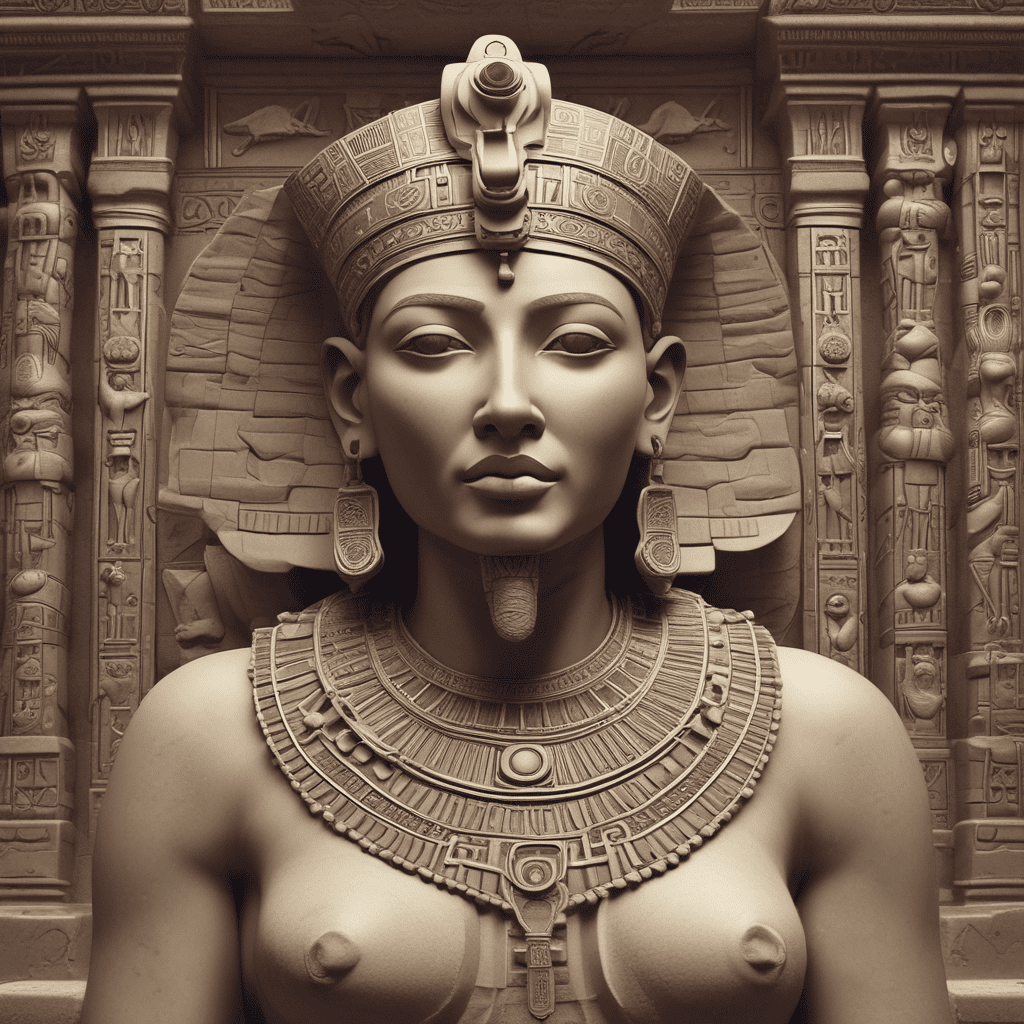The First Breath of Life: Creation Myths That Inspire Wonder
Introduction: The Universal Quest for Origins
From ancient times to the present, creation myths have served as a means for cultures around the world to explain the origins of humanity and the universe. These stories are rich in symbolism and provide insight into the values, beliefs, and aspirations of various societies. Through storytelling, humans seek to understand their place in the cosmos, exploring fundamental questions about existence, purpose, and the nature of life itself.
The Role of Creation Myths in Human Culture
Creation myths have played a vital role throughout history, shaping the moral and ethical frameworks of societies. These narratives often address existential themes such as life, death, chaos, and order, and they provide guidelines for behavior and understanding one’s role within the community and the universe.
Historically, myths served multiple functions:
- Explaining natural phenomena
- Entrenching cultural values
- Providing comfort in the face of uncertainty
- Fostering a sense of identity among people
The Cosmic Egg: A Symbol of Birth in Various Cultures
One of the most compelling motifs in creation myths is the “cosmic egg,” symbolizing the beginning of existence and the potential for life. This idea appears in various cultures, indicating a shared understanding of creation’s complexity.
For instance:
- Hindu Tradition: In Hinduism, the universe is said to have emerged from the cosmic ocean, represented by the “Hiranyagarbha” or golden womb, which is often depicted as a cosmic egg. From this egg, the universe and all living beings were born.
- Chinese Mythology: In Chinese creation stories, Pangu emerges from a cosmic egg, separating the heavens and the earth. His body then transforms into the natural world, illustrating the connection between creation and nature.
- Native American Traditions: Various Native American tribes have stories of the world beginning from a primordial egg, emphasizing the cyclical nature of life and the interconnectedness of all beings.
The Breath of Life: The Connection Between Breath and Existence
The act of breathing often symbolizes life itself in creation narratives. Breath is not only a physical necessity; it also carries profound spiritual significance, representing the essence of life and consciousness.
Many cultures emphasize the connection between breath and existence:
- In Judeo-Christian Tradition: God breathes life into Adam, signifying the divine spark of life and the intimate relationship between the Creator and humanity.
- In Maori Culture: The term “mauri” represents the life force, which is often linked to breath, highlighting the sacredness of life in every living thing.
Dueling Forces: Chaos and Order in Creation
A central theme in many creation myths is the struggle between chaos and order. This duality reflects the inherent tensions in existence and the cosmos’ journey toward balance.
For example:
- The Babylonian Enuma Elish: This myth narrates the battle between the god Marduk and the chaotic goddess Tiamat. Marduk’s victory brings order to the cosmos, establishing the foundation of the world.
- Greek Mythology: The Greek creation story begins with Chaos, a formless void. From Chaos, Gaia (Earth) and other deities emerge, bringing order to the chaotic universe.
Divine Beings and Their Creative Powers
The role of divine beings in creation myths cannot be understated. These deities embody creative powers and reflect humanity’s aspirations, fears, and values.
Notable deities associated with creation include:
- Prometheus: In Greek mythology, Prometheus is credited with creating humanity and giving them fire, symbolizing knowledge and enlightenment.
- Atum: In Egyptian mythology, Atum creates himself and brings forth other gods and the world, emphasizing the theme of self-creation.
- Quetzalcoatl: In Aztec mythology, this feathered serpent god is a creator and giver of life, representing the cyclical nature of existence.
Nature’s Role in Creation Myths
Nature often plays a crucial role in creation stories, with elements such as water, earth, and fire acting as foundational forces in the creation process.
Some examples of nature’s significance include:
- Water: Many myths depict water as the source of life, whether as a primordial ocean or a sacred river, symbolizing fertility and renewal.
- Earth: Earth is frequently portrayed as a nurturing mother, harboring and sustaining life, as seen in many indigenous cultures.
- Fire: Fire often represents transformation and destruction, as well as the spark of life, illustrating its dual nature in creation narratives.
Creation Myths from Indigenous Cultures: A Unique Perspective
Indigenous creation stories offer unique perspectives that emphasize the relationship between land, identity, and community. These narratives are often deeply rooted in the environment and reflect the values of stewardship and respect for nature.
Examples include:
- The Dreamtime: In Aboriginal Australian mythology, the Dreamtime represents the time of creation, where ancestral beings shaped the land and established laws.
- The Iroquois Creation Story: This narrative involves Sky Woman, who falls from the sky and creates the earth from the depths of the ocean, emphasizing the connection between land and identity.
Modern Interpretations and Adaptations of Creation Myths
In contemporary literature and media, ancient creation myths are often reinterpreted, showcasing their ongoing relevance. These adaptations can be found in various forms, from novels and films to art and music.
Some examples include:
- Literature: Authors like Neil Gaiman and Margaret Atwood draw on mythological themes to explore modern existential questions.
- Film: Movies such as “The Matrix” and “Avatar” incorporate elements of creation myths, addressing themes of identity, existence, and the impact of humanity on nature.
Conclusion: The Lasting Impact of Creation Myths on Humanity
Creation myths continue to resonate with humanity, offering profound insights into our existence and the universe. These stories foster a sense of wonder and connection, reminding us of the shared human experience of seeking meaning and understanding.
Ultimately, creation myths inspire us to ponder our origins, reflect on our place in the cosmos, and nurture our relationships with each other and the natural world. They remind us that, despite the chaos of life, we are part of a larger story that transcends time and culture.
